Following the Moon for Amazing May Astronomy
By David Dickinson
The May Moon Meets Venus and Mercury, at dusk en route to eclipse season and more.
Wonder where all the solar system action is hiding? While the dusk sky may seem devoid of planets (save for Mars), that’s all about to change this evening. The watch-phrase for astronomy in May 2021 is to ‘follow the Moon’ as it makes several spectacular planetary passes, then kicks off the first eclipse season of the year.
First up, the slim waxing crescent Moon occults the bright planet Venus tonight on May 12th. Though this occurs over the South Pacific and most of us will miss the actual event, the two will nestle very close to each other on the evening of Wednesday May 12th, making for a very photogenic pair. Ashen light or Earthshine on the dark limb of the Moon (caused by sunlight reflected off of the Earth) will give the scene an overall, 3-D appearance.
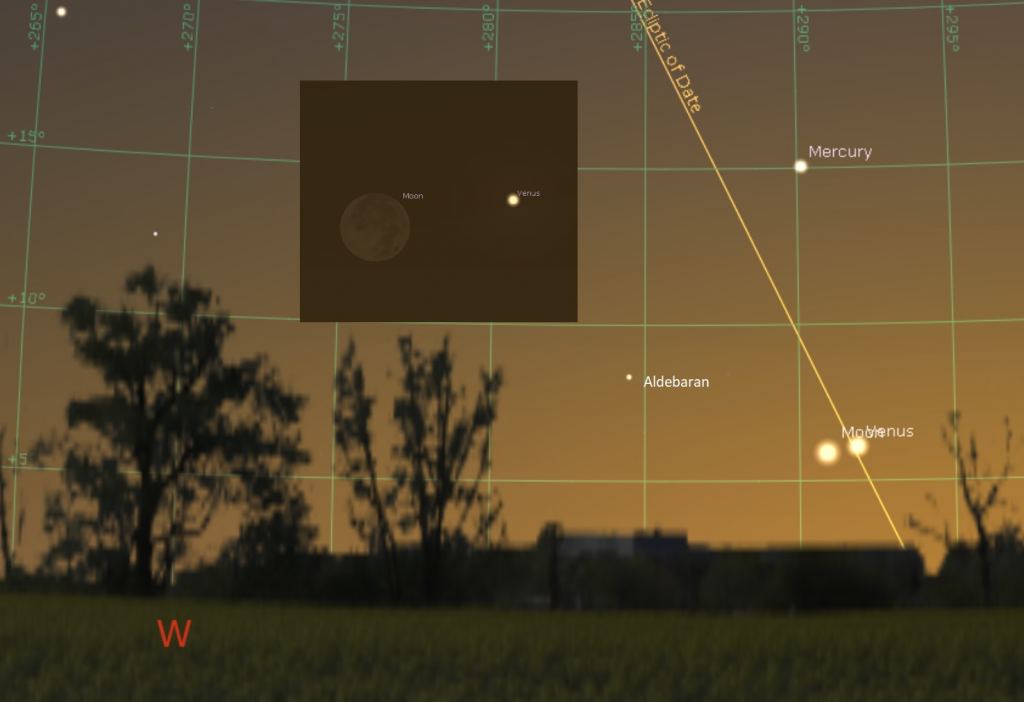
-3.9 magnitude Venus will actually make a great guide on the night of May 12th to spot the ethereal slim crescent Moon. Sure, Venus is tiny, at 10” across and 98% illuminated, versus the Moon’s 29.5’ apparent diameter and 1.2% illumination… but Venus is intrinsically brighter, bright enough that you can actually see it in the daytime near greatest elongation from the Sun… if you know exactly where in the sky to look for it. Your next chance to try this out in 2021 is on October 29th, when Venus sits 47 degrees east of the Sun, and dominates the dusk sky.
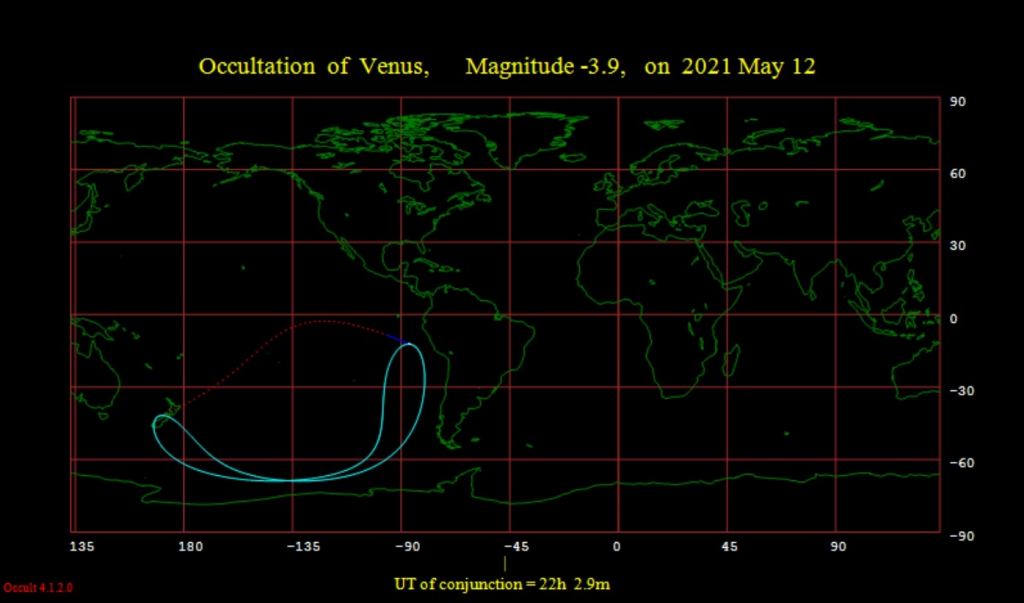
Now, see that zero magnitude ‘star’ above the Venus-Moon pair tonight? That’s the innermost planet Mercury. In fact, Mercury is headed towards one of its best apparitions for northern hemisphere observers for 2021 this month, reaching 22 degrees east of the Sun on May 17th. After that, Mercury losses altitude night after night while Venus gains prominence, until the two switch places on the night of May 29th, when the two planets sit in the same telescopic field of view just 24’ apart, less than the diameter of a Full Moon.
Follow that Moon as it waxes, and passes 1.5 degrees from +1.6 magnitude Mars on the evening of May 16th.
Tonight’s first sighting of the slim crescent Moon also marks the end of the fasting month of Ramadan for Muslims worldwide, and the start of the celebration of Eid al-Fitr. The Muslim calendar is based solely of the lunar cycle, meaning that months like Ramadan move forward 11 days versus the solar-based, Gregorian calendar. Other hybrid systems—such as the Hebrew or Chinese calendars—rely on both solar and lunar cycles, and must therefore add an extra or ‘embolismic’ month once every 2-3 years to stay in sync.
The Moon also just passed its most distant apogee (its ‘farthest-far point’ from the Earth) for 2021 at 406,511 kilometers distant on May 11th. This also sets us up for two interesting astronomical events in the coming weeks:
The first is the total lunar eclipse of May 26th. This will favor the Pacific region, with a maximum totality of 14 minutes and 30 seconds in duration. This also falls near the closest perigee (the ‘nearest-near point’ for the Moon to the Earth) for 2021 just 10 hours prior, at 357,309 kilometers distant. No doubt, the ‘Super-Blood Moon’ meme will once again sweep the internet.
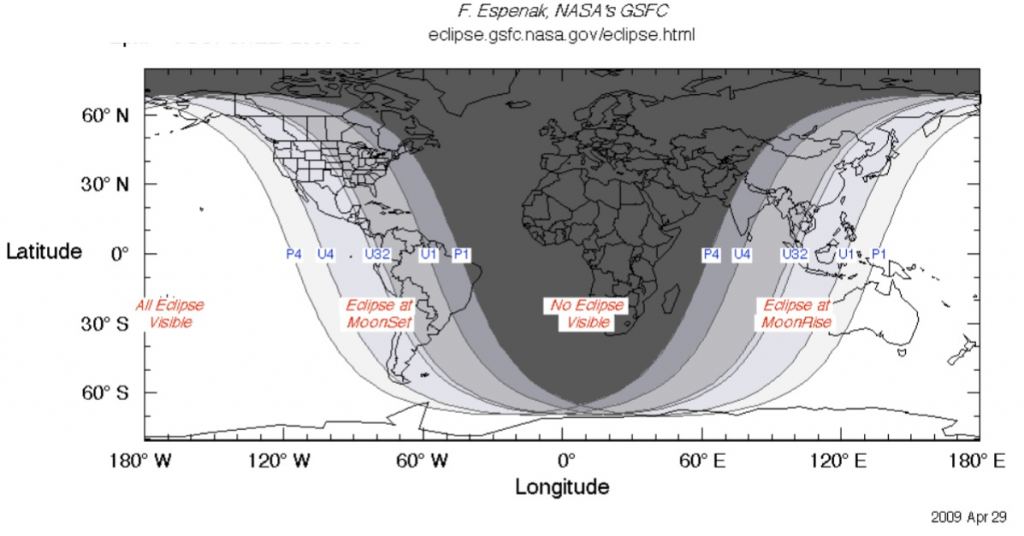
Then, two weeks later, the Moon will be near apogee once again and will be too small to cover the Sun during the annular solar eclipse on June 10th. Annularity for this eclipse will sweep out through central Canada northeast across Hudson Bay, though much of northeastern North America will be treated to a fine rising partial solar eclipse at dawn.
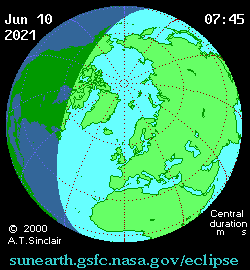
Can’t wait ‘til June? If you live on the U.S. Eastern Seaboard, one other intriguing space event may head skyward tonight: watch for the launch of a sub-orbital Black Brant XII rocket from NASA Wallops in Virginia, with the KiNET-X experiment. The KiNETic-scale energy and momentum transport eXperiment will release barium vapor chemical tracers about 10 minutes after launch, in an effort to map and understand how energy transfer occurs in the Earth’s upper atmosphere. These sorts of launches are always tough to get off the pad, as skies much not only be clear at the Wallops launch site, but also at the Bermuda tracking station down range observing the experiment. A similar mission out of Wallops a few years back took weeks to launch. Another, dubbed AZURE, launched in 2019 out of Andoya Space Center in the high Scandinavian Arctic, with similarly eerie results. KiNET-X has a 40 minute launch window tonight, starting at 8:06 PM EDT/00:06 UT.
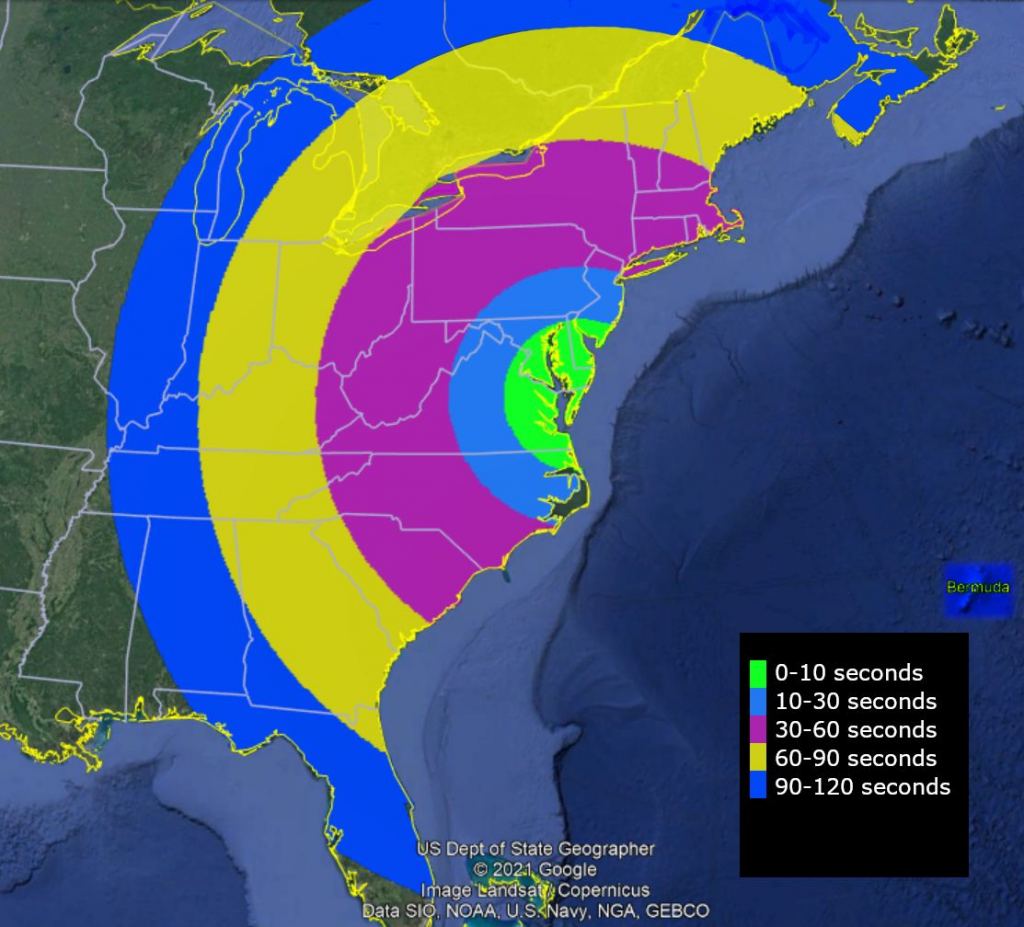
We’ll be tweeting as @Astroguyz about these celestial sky events, launches and more. Watch for full guides to each eclipse in the coming weeks, right here on Universe Today.
-Lead image credit: The Moon meets Venus in 2016. Image credit and copyright: Sharin Ahmad.
The post Following the Moon for Amazing May Astronomy appeared first on Universe Today.

May 12, 2021 at 08:19PM
via Universe Today read more...

Post a Comment